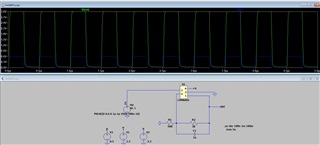Other Parts Discussed in Thread: LM7705, THS4211, OPA836, OPA838, OPA830
Hello,
Could we have our schematic reviewed?
The LMH6601 circuit is on Sheet 17.
The requirements are
- Square wave with adjustable amplitude between 1.5V and 2.5V
- My approach is to control the amplitude with the DAC
- Frequency would be between 0.1 and 2 MHz
- The edges need to be sharp
- I think this means we need to retain all the harmonics
Thanks for support
Andrew





